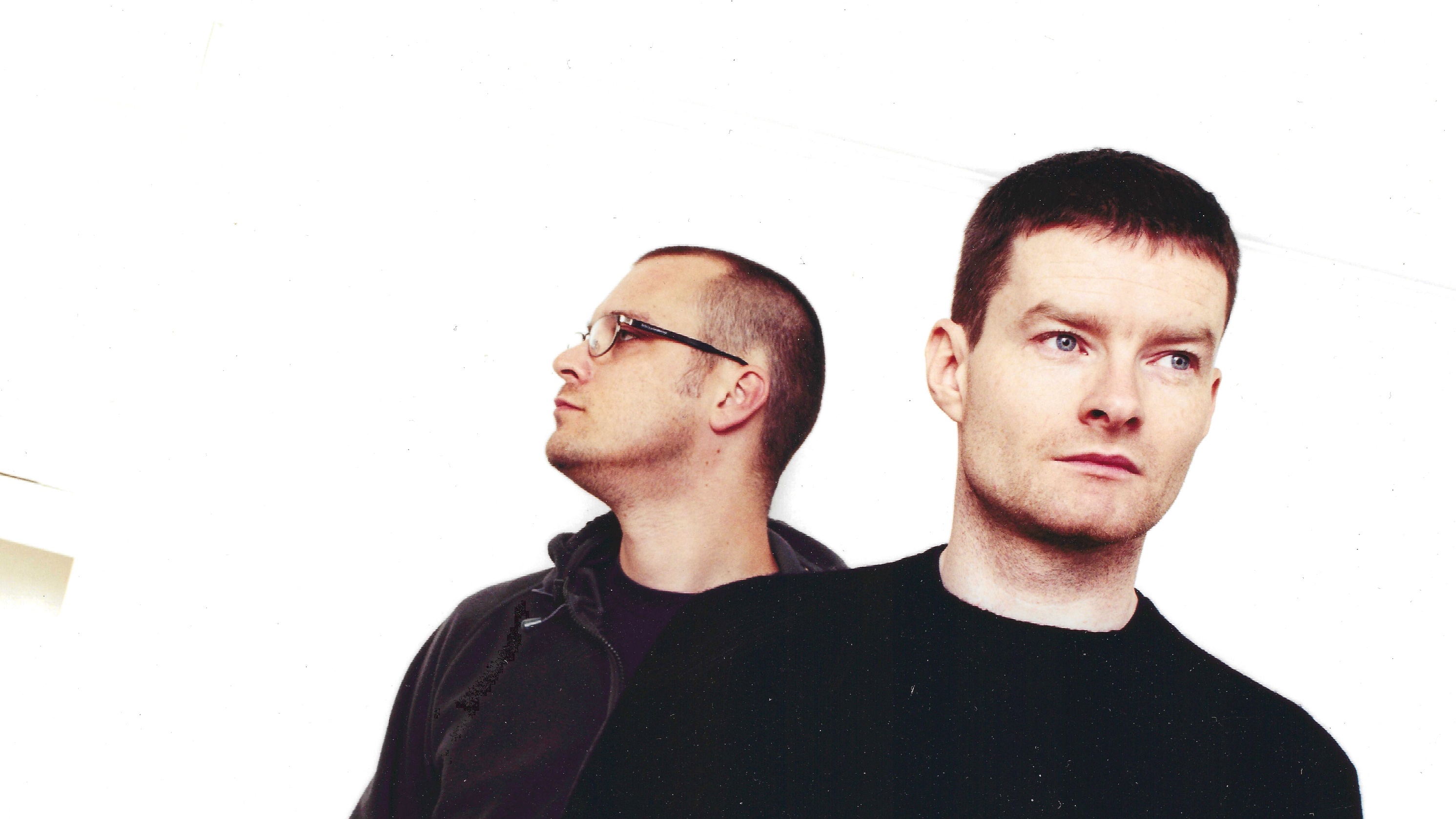Damian Harris finally gets round to listening...
In my defence 1998 was a bit of a blur… Skint, the label I had started in 1995, was going through its moment in the sun and controls were set for the heart of it. Sirens blaring, hurtling towards the hit parade, Fatboy Slim on the front of the tabloids and Bentley Rhythm Ace and the Lo-Fidelity Allstars on the front cover of the NME. We were the sound of the moment all fuelled by copious amounts of ‘let’s ‘ave it’. Not all of us wanted to be on the Big Beat fun bus but it was hard to get off. I’m handing that in as my excuse for missing this fine album.
Before Skint I worked in a record shop where you had the luxury of being able to listen to music all day – you’re on top of everything, from all genres. It’s your job to be.
When you are running a record label with eight to ten artists all sending you new music, as well as trying to keep on top of the ever-growing demo pile, well, your audio capacity to give new music the time it deserves is dramatically reduced. You’re permanently catching up. Hence why it’s taken me 24 years to listen to ‘Music Has The Right To Children’.
In fact, the most annoying thing about this oversight (to put it mildly) is that it really is very much ‘my type of record’. It comes from a place that was producing some of the most exciting and innovative music at the time. That no man’s land between genres where people with ideas and a sampler brought together their favourite bits of everything – hip hop, techno, electronics and many other things in between.
‘Telephasic Workshop’ is a great example of this fusion: crunchy breaks, layered rhythms and sounds, gates and scratches building the atmosphere. The way it meanders, but never seems lost, and those little stabs of speech are perfectly timed and curated. Another example is the deep distorted voice on ‘Pete Standing Alone’ – stunning.
Synths over hip hop beats has long been my Achilles’ heel and there are some absolutely divine moments of musicality. ‘Olson’ and ‘Kaini Industries’ are beautiful. The fact these melodies seem to emerge from the dirt fleetingly makes them all the more powerful.
I have to admit I had preconceptions about Boards of Canada. I imagined slick, serious electronic music – so I was slightly surprised that, well, it’s quite fun… apologies to the band for sounding like my Auntie Theresa there, but it is. And it manifests itself best in ‘Aquarius’, probably my favourite track at the moment, but like all the best LPs that may well change.
As I played the LP for the first time another reaction was Req! Req was Skint’s very own Brighton B-Boy who made fucked up, uncompromising lo-fi hip hop – some of my favourite music released on the label – and I desperately clung on to his underground credibility as we started having chart success with our other acts. We released his first EP in 1995, around the same time Boards of Canada got going, so it warms my heart immensely that there’s a kindred spirit running through both artists.
I do wonder what I would have said if A&R responsibilities had been mine. I’d have certainly asked them to make more of ‘Kaini Industries’ – a stunning 59 seconds of burbling melodic synth that I would love to hear more of. And at 71 minutes the album is a fair bit longer than my preferred 40-50 minutes optimum LP run time.
I would have probably trimmed a couple of tracks. But in the same way when I tried to A&R Req, I hope they would have politely told me to go fuck myself and just informed me that’s just the way it is. Quite right too.




.svg)



